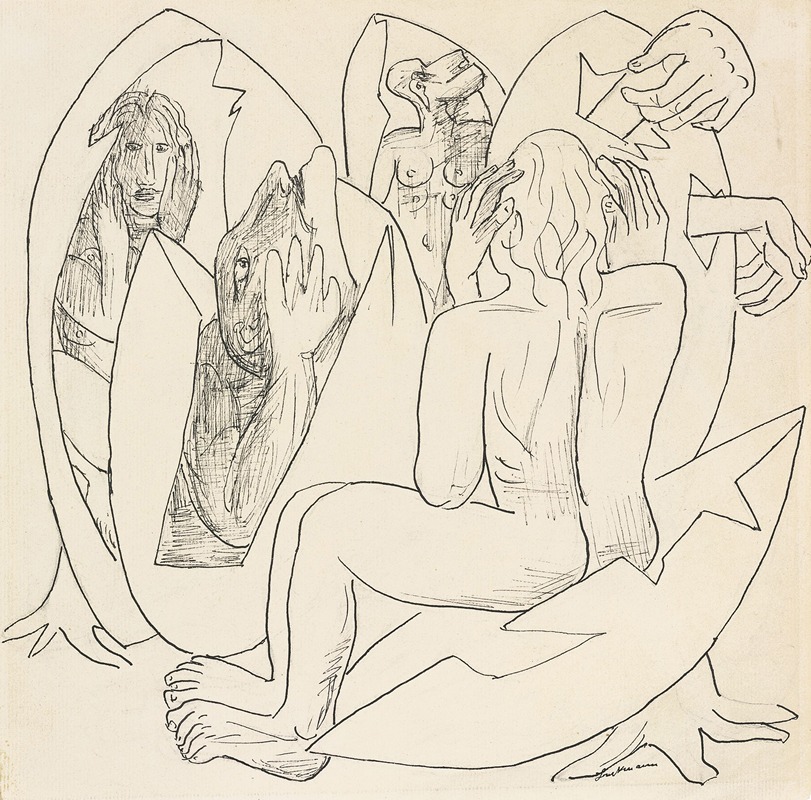
Eiermenschen
A hand-painted replica of Max Beckmann’s masterpiece Eiermenschen, meticulously crafted by professional artists to capture the true essence of the original. Each piece is created with museum-quality canvas and rare mineral pigments, carefully painted by experienced artists with delicate brushstrokes and rich, layered colors to perfectly recreate the texture of the original artwork. Unlike machine-printed reproductions, this hand-painted version brings the painting to life, infused with the artist’s emotions and skill in every stroke. Whether for personal collection or home decoration, it instantly elevates the artistic atmosphere of any space.
Max Beckmann's "Eiermenschen" (translated as "Egg People") is a notable work by the German painter and printmaker, who is recognized for his contributions to the New Objectivity movement in art. Beckmann, born in 1884 in Leipzig, Germany, is renowned for his distinctive style that often combines elements of expressionism with a more realistic approach, reflecting the tumultuous socio-political climate of his time.
"Eiermenschen" was created during a period when Beckmann was deeply engaged in exploring themes of human existence, identity, and the absurdity of life. This painting, like many of his works, is characterized by its bold use of color, dramatic compositions, and complex symbolism. Beckmann's art often reflects his personal experiences and the broader historical context, including the aftermath of World War I, the rise of Nazism, and his subsequent exile.
The title "Eiermenschen" itself is intriguing and open to interpretation. The term "egg people" suggests a form of human existence that is embryonic or incomplete, possibly alluding to themes of vulnerability and transformation. Eggs are a recurring motif in art, often symbolizing birth, potential, and fragility. In Beckmann's work, they may serve as a metaphor for the human condition, encapsulating the precariousness and potential for change inherent in life.
Beckmann's style in "Eiermenschen" is marked by a departure from the traditional representation of figures. Instead of idealized forms, he presents distorted, almost caricature-like figures that convey a sense of unease and introspection. This approach is consistent with the New Objectivity movement, which sought to depict reality with a critical eye, often highlighting the grotesque and the absurd.
The painting's composition is dynamic, with figures arranged in a manner that suggests movement and interaction. Beckmann's use of space and perspective creates a sense of depth and complexity, inviting viewers to engage with the work on multiple levels. The figures in "Eiermenschen" are often depicted in ambiguous settings, further emphasizing the themes of dislocation and existential uncertainty.
Max Beckmann's work, including "Eiermenschen," was not always well-received during his lifetime. The rise of the Nazi regime in Germany led to the condemnation of his art as "degenerate," and he was forced to flee the country in 1937. Despite these challenges, Beckmann continued to produce art that challenged and provoked, leaving a lasting impact on the art world.
Today, Beckmann is celebrated as one of the most important artists of the 20th century, and his works are held in high regard for their emotional depth and technical mastery. "Eiermenschen," like many of his paintings, continues to captivate audiences with its enigmatic imagery and profound exploration of the human experience.





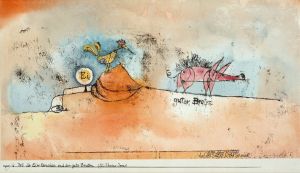
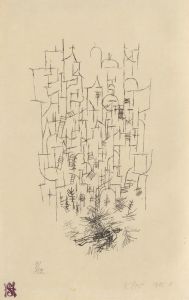

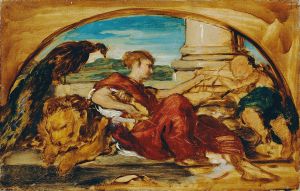
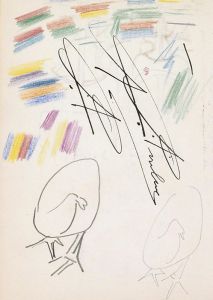
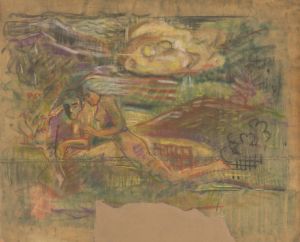
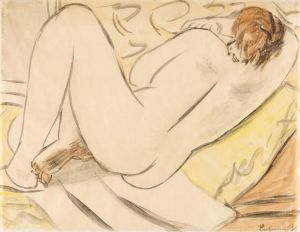
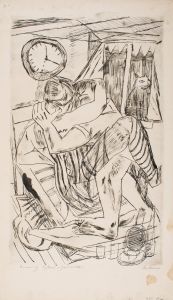
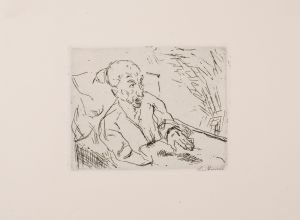
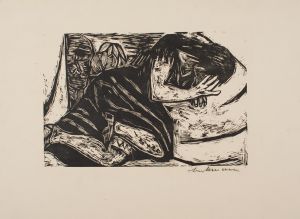
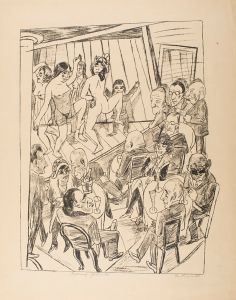
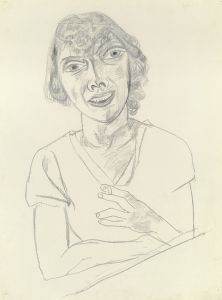
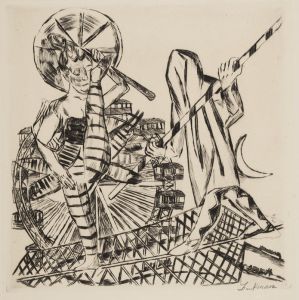
![Two Heads Are Better Than One [Poor Folly]](/imgs/264668/s/francisco-de-goya-two-heads-are-better-than-one-poor-folly-401b05c1.jpg)